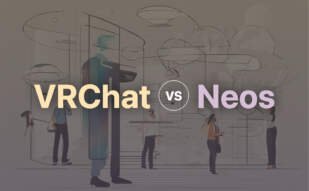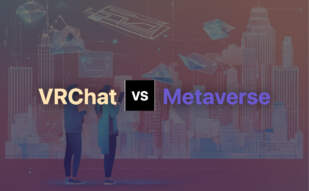For adventurous developers keen on blockchain and cryptocurrency, Decentraland, a user-controlled Ethereum-based 3D platform, with its native tokens and customizable virtual world, stands out. However, for curating user interaction in an existing environment with an expansive userbase, choose Second Life.
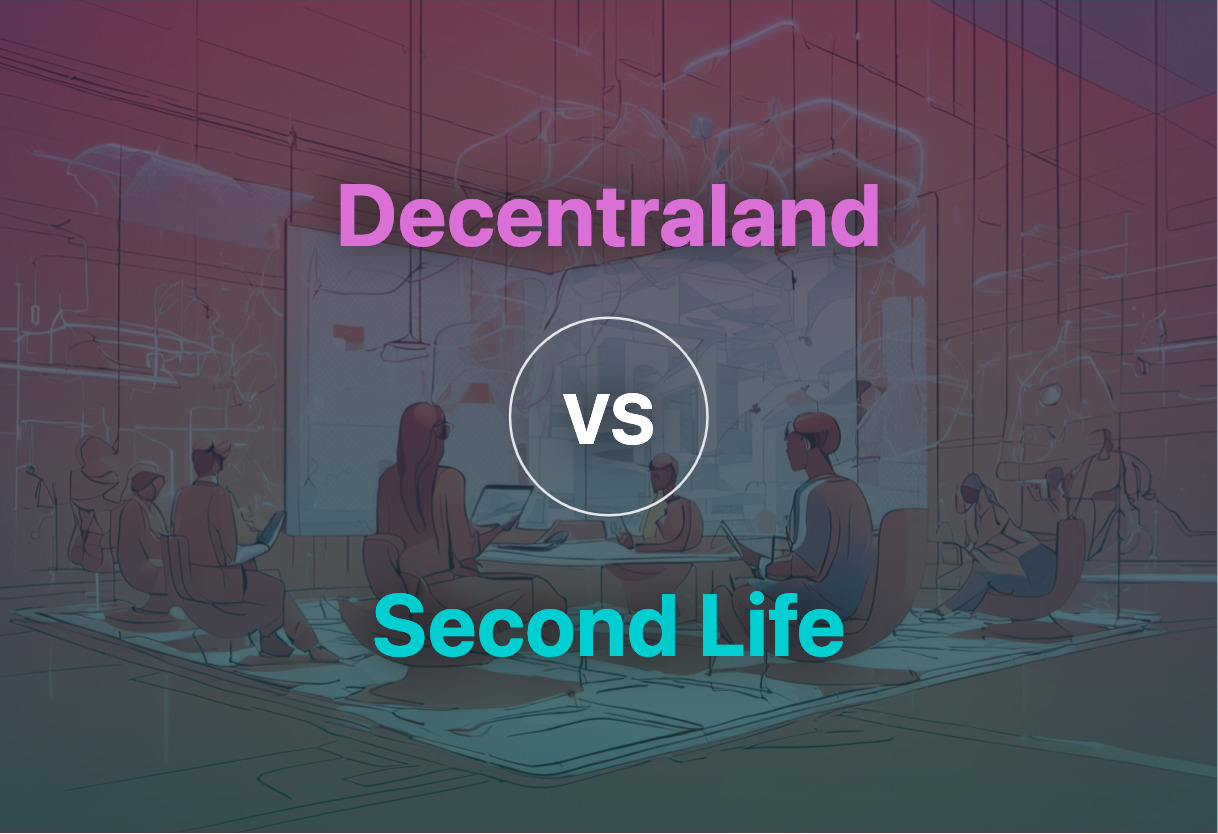
Key Differences Between Decentraland Second Life
- Decentraland offers the option for token-based in-app trading; Second Life operates with Linden dollars and doesn’t integrate with cryptocurrency.
- Second Life concentrates on user interaction in a pre-defined environment; Decentraland allows user-controlled creation of unique environments and applications on their digital land.
- Security system in Decentraland is managed through smart contracts and a DAO; Second Life doesn’t store any personally identifiable information and avoids targeted advertising.
- Decentraland incentivizes shared operation of the virtual world with native tokens; Second Life simply provides shared 3D experiences.
- Second Life has greater user diversity, suited for mainstream audiences; Decentraland is primarily attractive to developers and tech-enthusiasts.
| Comparison | Decentraland | Second Life |
|---|---|---|
| Concept | 3D virtual world platform, user-controlled, Ethereum-based. Existence of two tokens to facilitate a parallel economy. | 3D virtual world with a focus on shared experiences. Users can generate content and interact in real-time. |
| User Community | User owned and operated with the help of Decentraland DAO. | Managed by Linden Lab, fosters behaviour moderation through consequences for avatar actions. |
| Token Systems | MANA (in-world currency), LAND (digital land parcels) and Estate (merged land parcels). | Linden dollars used as the in-world currency. |
| Activities | Purchasing digital art, trading, learning and gaming. Events are hosted by brands. | Creation, buying, and selling of goods and services. Identity verification aids in trust fostering. |
| Development Start | 2015 | Sometime after Linden Lab was founded in 1999. |
| Economy Value | Approximated at $1.1 billion in March 2023. | Undisclosed, but has a fully functioning economy with trade of goods and services. |
| Security | Smart contract security through Security Advisory Board. | User privacy ensured through non-storage of personally identifiable information. |
| Technology/Platform Details | Written in C#, GLSL, HTML under Apache-2.0 License | Software linked together made available public worldwide. Welcomes enhanced functionality personalization through the use of functional cookies. |
| Active User Counts | 8,000 per day by 2022 estimates | Innumerable, existing numbers state the active users are in tens of thousands at any given time. |
| Corporate Presence | Brands like Netflix, Samsung host interactive events. Virtual offices by Rarible, MakerDAO, SuperRare. | Brands like Gucci, Ferrari have an established presence on platform. |
| Adoption Essentials | Ethereum cryptocurrency wallet needed to open accounts. | Requires visitor-set privacy preferences for functionality. |
What Is Decentraland Who’s It For?
Decentraland is a 3D virtual world platform that’s built on the Ethereum blockchain. Conceived by Argentine pros, Ari Meilich and Esteban Ordano, Decentraland is touted for its user-controlled environments, unique marketplaces, and gaming applications. It’s also endorsed for its parallel economy, steered by native tokens – LAND and MANA. If you thrive in interactive avatar-based exploration, savor unique experiences like digital art trading, or aspire to learn in a wholly new setting like Decentraland University, Decentraland might be your digital haven.

Pros of Decentraland
- Ethereum-based
- User-controlled
- Enables creation of unique environments and markets
- Supports social activities and gaming
- License Type: Apache-2.0
Cons of Decentraland
- Suffers from technical bugs
- Most of the virtual world remains unpopulated
- Transaction dependent on Ethereum cryptocurrency
What Is Second Life and Who’s It For?
Second Life is a widely acclaimed virtual world, shaped by Linden Lab CEO Philip Rosedale. Initially intended for R&D on haptics, it later morphed into a shared 3D persistent virtual space, with user-generated content and real-time interactivity at its core. Second Life also lures with its internal economy, supported by the in-world Linden dollars. If you crave a digital sphere that fosters trust, values privacy, reflects positive user behavior, and dishes out shared experiences, or are a brand looking for new opportunities, Second Life might just be your calling.
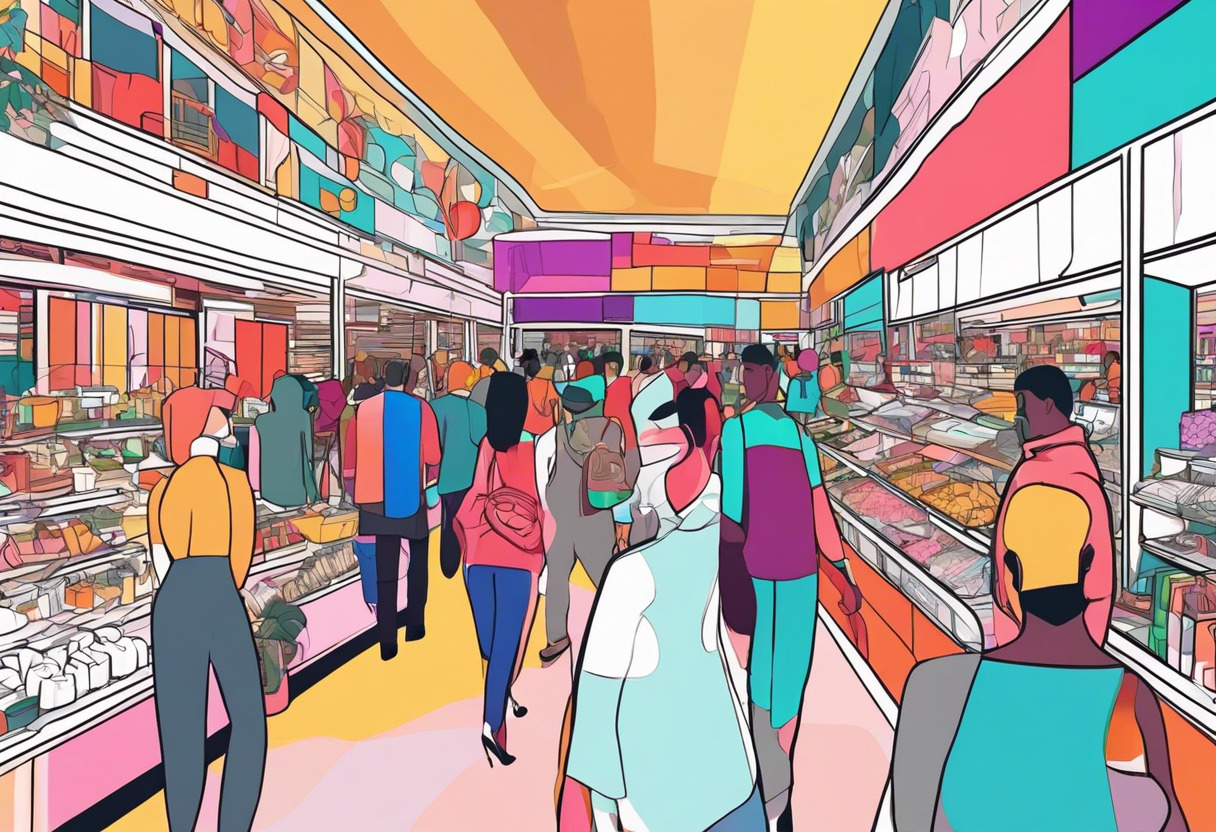
Pros of Second Life
- Supports user-generated content
- Hosts a full in-world economy
- Scores on user interactivity
- Identity verification fosters user trust
- Diverse user-base
Cons of Second Life
- Doesn’t support cryptocurrency transactions
- Not suitable for targeted advertising models
Deciphering the Virtual Destination: Decentraland or Second Life?
After an in-depth comparison of Decentraland and Second Life, it’s time to navigate to the bottom line for different audience segments.
Developers and Game Makers
For those with stout faith in blockchain and its economic model, Decentraland appears to be the trump card. Here’s why:
- The Ethereum-backed tie-ins enable doorways to unique creation: environments, apps, and marketplaces.
- Monetization opportunity knocks time and again – through land ownership or in-world creation of experiences.
- Advanced Decentraland DAO smart contracts enables game creation beyond boundaries.

AR/VR Creators
Second Life, manifesting as a matrix of 3D shared experiences, stands out here. Reasons are:
- High degree of personalization for users, boosting the immersive quality.
- Design that encourages positive user interaction – a trait AR/VR creators endorse.
- A climate where identity verification fosters trust – an AR/VR creator’s dream.
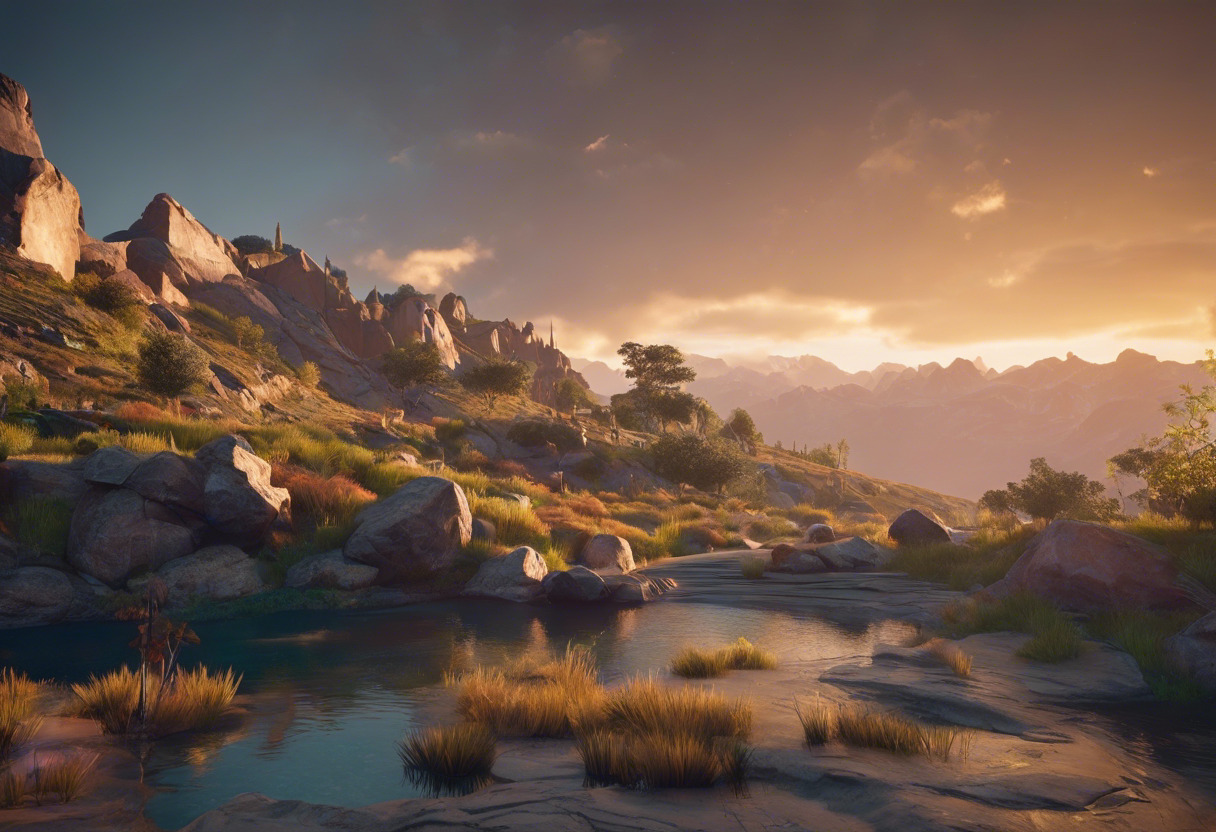
Tech Enthusiasts
If you’re in for a real-world parallel economy within the matrix, or if you’ve an appetite for the avant-garde, we suggest taking the Decentraland route. The native token economy, smart contract operations, Ethereum-based setup animated with tokenized land parcels pave the way for a virtual tech disruptor’s wonderland.
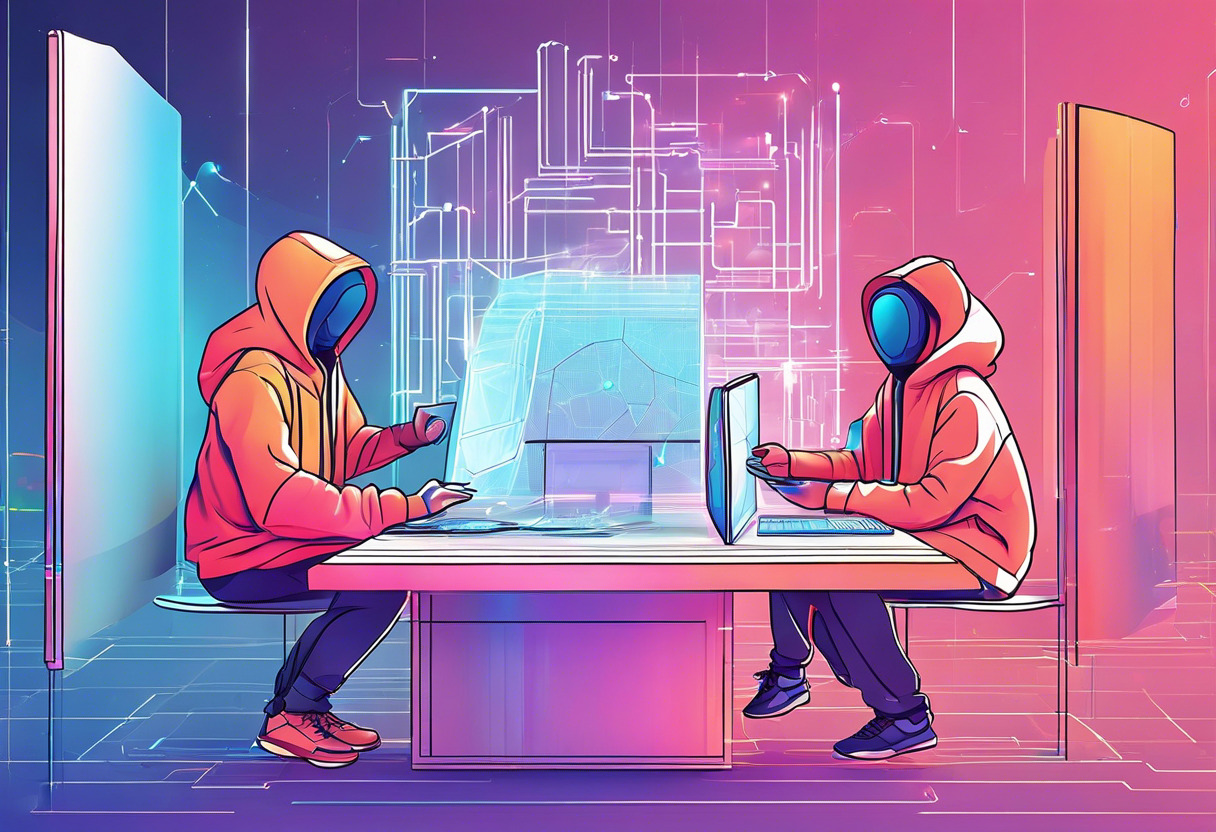
Make your choice: Decentraland is a cipher for the future, appealing to blockchain devotees, offering a tokenized economy, and creative control. In contrast, Second Life captures the raw essence of 3D simulated life, focusing on user behavior, trust, and recreating real-world entities. Choose wisely, interact wisely and create wisely.
Hannah Stewart
Content writer @ Aircada, tech enthusiast, metaverse explorer, and coffee addict. Weaving stories in digital realms.




